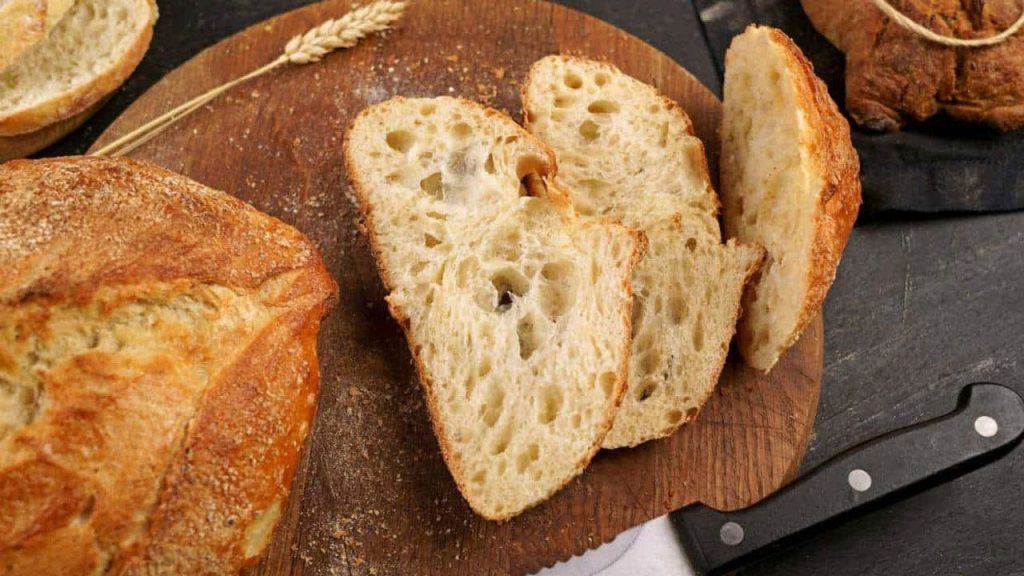Sourdough bread has made a significant comeback in American homes and bakeries, tapping into cultural and health trends that are reshaping food relationships in the country. The resurgence of sourdough can be attributed to a combination of factors, including the rise of baking as a comforting hobby during the pandemic lockdowns. Interest in sourdough has continued to grow, evident in viral TikTok videos and global market forecasts predicting significant growth in the sourdough market.
Sourdough holds a special place in American culture and history, creating a sense of community and comfort. From online sourdough circles to workshops and meet-ups, people are coming together to share tips, recipes, and starters. Families pass down sourdough starters and recipes through generations, creating a link to the communal past and shaping the flavors of sourdough based on regional influences. Sourdough has become a symbol of pioneer heritage and a return to traditional cooking methods.
Sourdough’s popularity is also connected to its health benefits and the growing interest in fermented foods. The fermentation process used in making sourdough creates a distinctive tangy flavor and breaks down gluten, making it potentially easier to digest than regular bread. Fermented foods like sourdough, kombucha, and sauerkraut have been linked to improved digestion and immune system health, driving the increased interest in naturally fermented products.
Central to all sourdough baking is the starter, a mixture of flour and water that ferments over time, helping the bread dough rise and contributing to the unique flavor of each batch of bread. Starters can last for many years, carrying personal historical value for bakers who maintain them. Beyond traditional loaves, sourdough offers a wide range of possibilities, including pancakes, waffles, cookies, pizzas, and cakes. It aligns with the growing interest in fermented foods, as well as offering a comforting and chewy staple for home cooks and bakers alike.
Sourdough bread and other sourdough recipes have become a symbol of artisan food creation, bringing people together through shared experiences and a love for traditional cooking methods. Whether it’s through online communities, local workshops, or passing down starters through generations, sourdough has embedded itself in various American cultures as a food of comfort and connection. With just flour, water, warmth, and time, bakers can create sourdough bread and other delicious recipes that are not only tasty but also carry a sense of history and legacy.
In conclusion, the sourdough craze is not just about the unique taste of tangy sourdough bread, but also about embodying a sense of community, culture, and comfort. Sourdough transcends traditional American foods, offering health benefits and aligning with the growing interest in fermented foods. By connecting people through shared experiences and culinary traditions, sourdough has become a staple in American kitchens, offering endless possibilities for experimentation and creativity.


